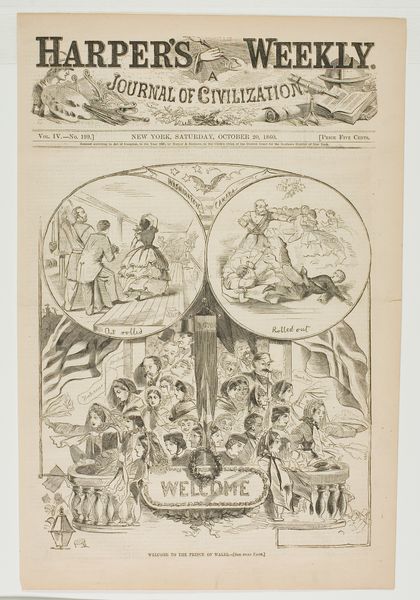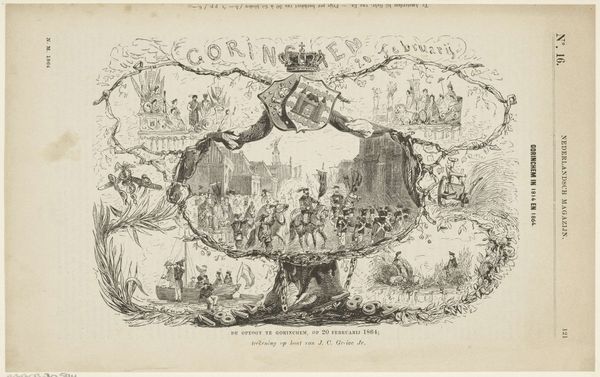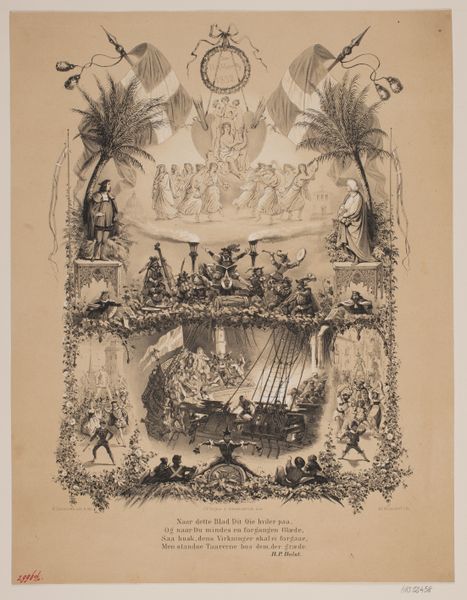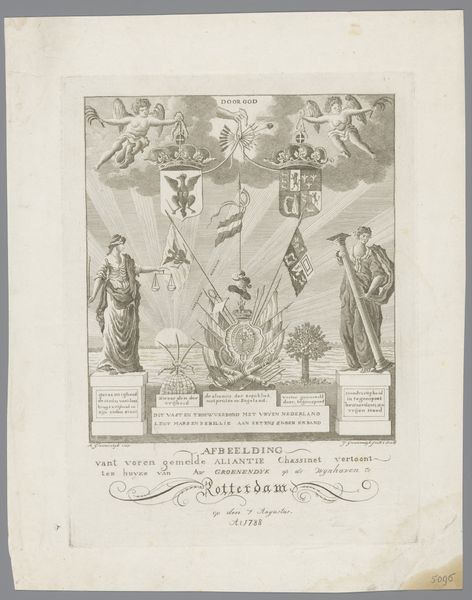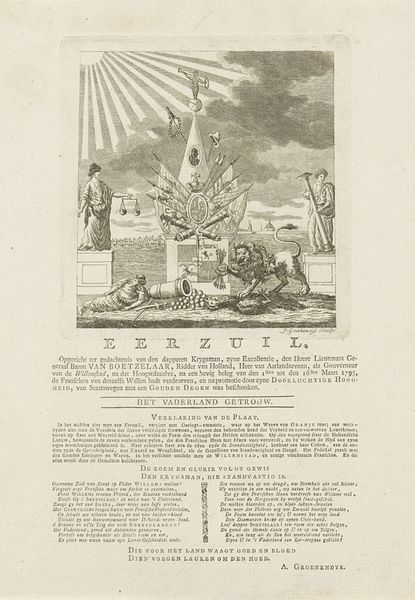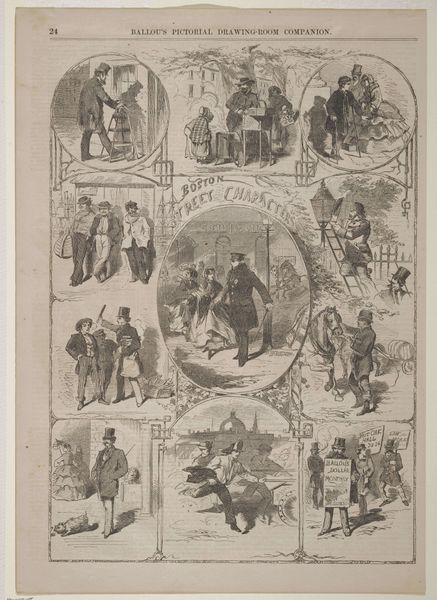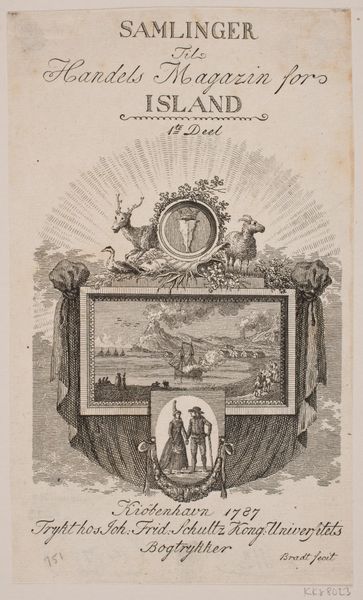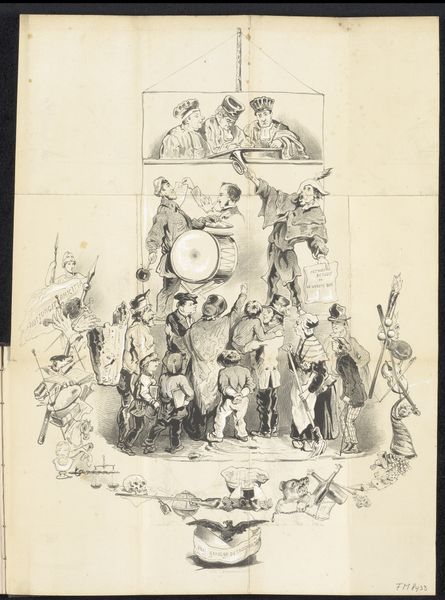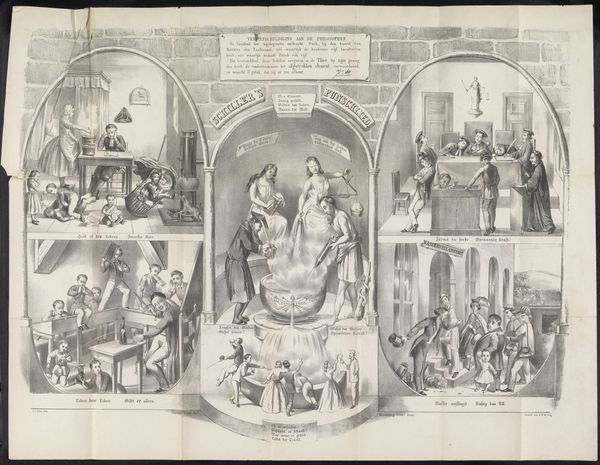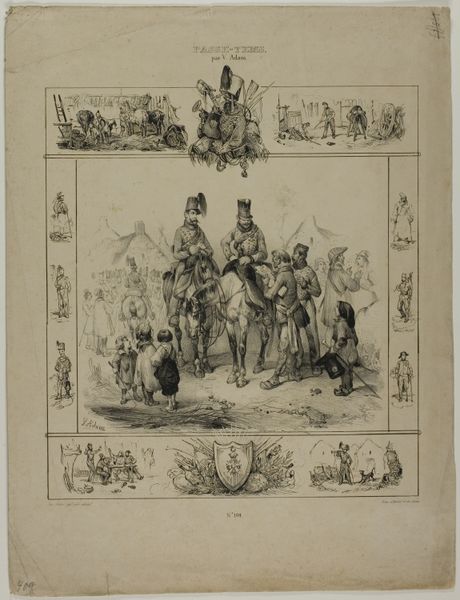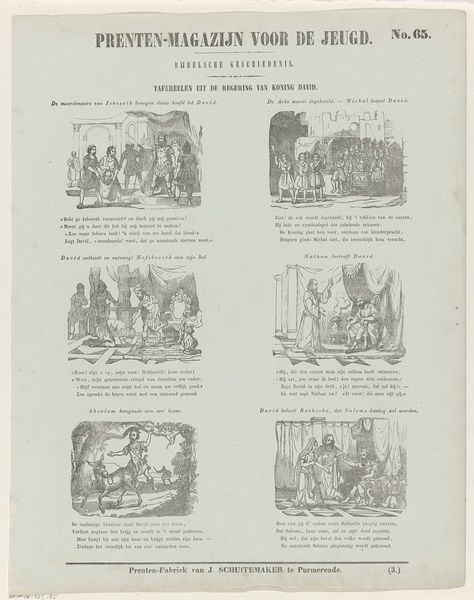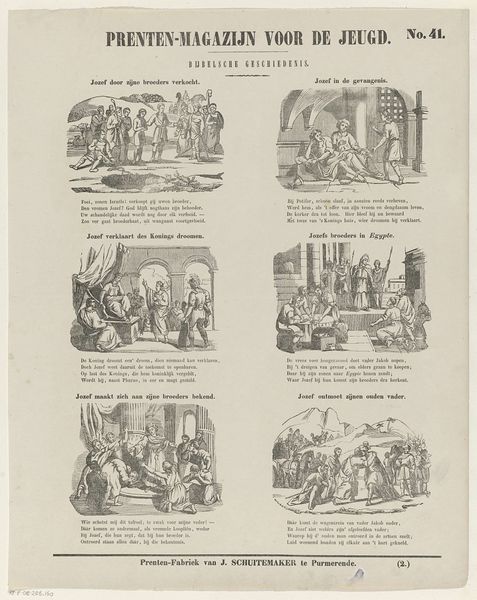
drawing, print, woodcut, wood-engraving, engraving
#
drawing
# print
#
woodcut
#
united-states
#
wood-engraving
#
engraving
Dimensions: 10 5/8 x 9 1/8 in. (27.0 x 23.2 cm)
Copyright: Public Domain
Editor: So, here we have "Welcome to the Prince of Wales," an engraving, woodcut, and drawing all rolled into one image from 1860 by Winslow Homer. It’s quite detailed for a print! I’m struck by how it shows two very different receptions - one "rolled out" and the other… not so much! What's your take on the meaning here? Curator: Ah, yes, quite the commentary, isn't it? Winslow Homer wasn't just documenting; he was judging, or at least playfully observing, the contrasts. Consider the political climate - tensions between America and Britain were… thick, like gravy, shall we say, around this time. The Prince’s visit was intended as a smoothing-over gesture, and the image implies… differences. See the top vignettes labeled “Washington” and “Canada.” Any thoughts about how Homer portrays the reception on either side? Editor: Well, in "Washington" everyone seems rather stiff, with only one lady approaching to welcome the royal, while in "Canada", a brawl is in progress, even if one person did fall prostrate before him! Is it some criticism, or perhaps ironic humor? Curator: A bit of both, I'd wager! Remember, Harper's Weekly, where this appeared, had a strong readership, keen on satire. It seems he captured a sense of divided sentiment towards the Crown. The gathered crowd looks very solemn with small expressions… almost waiting… Do you think the 'Welcome' at the bottom feels…entirely genuine? Editor: Now that you mention it, the "Welcome" does feel a little forced somehow. Like everyone’s on best behavior, whether they want to be or not. It sounds as if the trip of goodwill could not patch things up too soon! Curator: Exactly. And that’s Homer's brilliance, isn't it? Subtly hinting at deeper currents of sentiment bubbling beneath the surface. The world’s stage presented as comedy with a message. Editor: That makes me see this as much more than a historical record - it's a playful commentary on international relations. Curator: Indeed! It certainly leaves one thinking about the ways artists reflect, and even shape, our understanding of historical moments, using just ink and wit!
Comments
No comments
Be the first to comment and join the conversation on the ultimate creative platform.
